Annapurna Circuit Trek Overview
Annapurna Circuit Trek is considered one of the best trekking destinations in the world which has contains outstanding mountains scenery close to your walking trails. This trek provides the trekkers and explorers about new experience and feeling of extraordinary mountain views of Annapurna and its flora and fauna, diversity of Nepali culture, tradition and different community villages with their life style. Annapurna Circuit Trekking route goes along with Marshyangdi River up to Manang district and one can see Nepali style unspoiled villages which shows their pure culture and tradition. Also it has been proved as a highly praised and spectacular trekking route in the Annapurna region since it opened to foreign trekkers.
Annapurna Circuit Trek takes about minimum 15 days to 3 weeks which starts from Besi Sahar and trails go along with Marshyangdi River. Trekker can enjoy with nice view of Mount Manaslu, Hiu chuli, Lamjung Himal, Annapurna South and meets in Gurung villages. Also meet the people from different ethnic groups and communities on the way to trek with good behave. Annapurna Circuit Trek offering spectacular and majestic view of the white Himalayas after crossing Besisahar. It continues to the north of the main Himalayan range on to the high and dry Manang land escape, the scenery is equally breathtaking.
This trail continually goes crossing Lamjung district to Manang and the highest point of the trek is Thorong La pass at the top of the Manang valley at 5416m high which is the border of Manang and Jomsom.
Annapurna Circuit Trek descends to the west at Muktinath from Manang thorong la pass, we continue to the barren Jomsom whose people and tradition are mostly similar to Tibetan. Also one can see kali Gandaki River with land escape which is the world’s deepest gorge passes between the giant Annapurna and Dhaulagiri mountains. After you cross the Thorung La pass from Manang to Muktinath, the trekking route continually descending to Jomsom, Tatopani, Ghorepani to Nayapul. Then this Annapurna circuit trek ends at Pokhara.
The best time to trek the Annapurna Circuit is generally considered to be in the spring (February to May) or autumn (September to November). During these times, the weather is usually clear and sunny, with little chance of rain or snow. The temperatures are also mild, making for comfortable hiking conditions.
Spring (February to May)
Rhododendron flowers in Annapurna Circuit Trek
Spring is a great time to trek the Annapurna Circuit if you want to see the wildflowers in bloom. The rhododendrons, Nepal’s national flower, are particularly spectacular during this time. However, it’s important to be aware that the trails can be quite crowded during this time of year.
Autumn (September to November)
Annapurna Circuit Trek in Autumn
Autumn is another great time to trek the Annapurna Circuit. The weather is usually clear and sunny, with little chance of rain or snow. The temperatures are also mild, making for comfortable hiking conditions. However, it’s important to be aware that the trails can be quite crowded during this time of year as well.
Summer (June to August)
The monsoon season in Nepal occurs from June to August. This is not the ideal time to trek the Annapurna Circuit, as the trails can be muddy and slippery, and there is a high chance of landslides.
Winter (December to January)
Winter is the least popular time to trek the Annapurna Circuit. The weather can be very cold, and there is a high chance of snow. However, if you are an experienced trekker and are looking for a challenge, then winter can be a good time to go. Just be sure to be properly prepared for the conditions.
Trekking gears and stuffs for act
The Annapurna Circuit Trek takes you through various landscapes and climates, so packing the right gear is crucial for a safe and enjoyable experience. Here’s a breakdown of the essential trekking gears and stuff you’ll need for the trek:
Backpack:
Look for a comfortable backpack with a capacity of 40-50 liters. It should have a good adjustable fit and proper hip padding to distribute weight evenly.
Duffel bag:
A separate duffel bag of 60-70 liters is ideal for storing clothes and gear that you won’t need on a daily basis. You can leave this at the teahouses while you trek.
Rain cover:
A rain cover for your backpack is essential to protect your belongings from getting wet during unexpected downpours.
Hydration bladder and water bottles:
Stay hydrated throughout the trek by carrying a hydration bladder (2-3 liters) and a refillable water bottle.
Trekking poles:
Trekking poles will help with stability, especially on uneven terrain and steep ascents and descents.
Sleeping bag:
Choose a good quality sleeping bag with a temperature rating suitable for the season you’ll be trekking. A down sleeping bag is ideal for colder temperatures due to its warmth-to-weight ratio.
Sleeping pad:
A sleeping pad will provide insulation from the cold ground and make sleeping more comfortable.
Clothing:
Base layers: Choose moisture-wicking thermals (top and bottom) to wear next to your skin.
Trekking shirts: Pack a couple of quick-drying, breathable trekking shirts for various temperatures.
Trekking trousers: Convertible hiking pants are a good option as they can be zipped off into shorts for warmer weather.
Fleece jacket: A fleece jacket provides warmth during chilly mornings and evenings.
Waterproof jacket and pants: A good quality waterproof jacket and pants are essential for protecting yourself from rain and wind.
Windbreaker (optional): A lightweight windbreaker can be helpful for windy conditions.
Thermal pants and top (for colder seasons): Pack thermals for added warmth during the colder months.
Underwear and socks: Pack enough breathable underwear and hiking socks to last the entire trek.
Hat: Bring a sunhat for protection from the sun and a beanie for warmth at higher altitudes.
Neck gaiter: A neck gaiter is a versatile piece of clothing that can be worn as a scarf, headband, or face mask.
Gloves: Pack inner gloves and waterproof outer gloves or mittens to keep your hands warm in all weather conditions.
Footwear:
Hiking boots: Choose a sturdy, waterproof pair of hiking boots with good ankle support.
Camp shoes (optional): Lightweight camp shoes can be helpful for relaxing in the teahouses after a long day of trekking.
Headlamp:
A headlamp is essential for hands-free light at night.
Sunglasses:
Pack a good quality pair of sunglasses with UV protection.
Sunscreen:
Protect yourself from the sun’s harmful rays with broad-spectrum sunscreen (SPF 30 or higher).
Insect repellent:
Insect repellent will help keep mosquitoes and other bugs at bay.
First-aid kit:
Be prepared for minor injuries and illnesses by packing a well-stocked first-aid kit.
Toiletries:
Pack essential toiletries like toothbrush, toothpaste, hand sanitizer, wet wipes (biodegradable), and toilet paper.
Other essentials:
Cash (Nepalese Rupees) for miscellaneous expenses
Water purification tablets (optional)
Ziplock bags for organizing your gear
Spork or cutlery
Power bank to keep your electronic devices charged
Things to rent or buy locally:
Trekking poles can be rented in Nepal if you don’t want to buy your own.
You can also buy some basic gear like gloves, hats, and socks in Kathmandu.
Remember, this is just a general list, and you may need to adjust it depending on the season you’ll be trekking and your personal preferences. It’s always a good idea to check with a trekking company or experienced trekker for specific recommendations.
Lodges and Meals
You won’t find luxury hotels on the Annapurna Circuit Trek, but there are plenty of cozy accommodations to rest your head at night and fuel up for the next day’s adventure. Here’s what to expect:
Lodging:
Teahouses: These are the most common type of accommodation along the trek route. They are basically family-run lodges offering basic but comfortable rooms with bunk beds (usually 2-3 beds per room). Bathrooms can be shared or sometimes attached depending on the teahouse. Don’t expect fancy amenities, but they provide a warm place to sleep, socialize with fellow trekkers, and enjoy a meal. Teahouses are the most budget-friendly option.
Annapurna Circuit Trek teahouse
Lodges: These are slightly more upscale than teahouses and may offer private rooms with attached bathrooms. They might also have amenities like hot showers (sometimes for an extra charge) and Wi-Fi (though connectivity can be spotty at higher altitudes). Lodges cost a bit more than teahouses.
Food:
Teahouse meals: Teahouses typically offer a set menu for breakfast, lunch, and dinner. The national dish of Nepal, Dal Bhat, is a staple – a hearty combination of steamed rice, lentil soup, and various curries. You’ll also find other options like momos (steamed dumplings), noodles, soups, and sometimes even western dishes like pizza and pasta (though these are less common). Tea, coffee, and hot chocolate are popular drinks.
Cost:
Accommodation costs range from $5 to $12 per night for teahouses and $10 to $20 per night for lodges.
Meals generally cost around $5 to $7 per meal.
Booking:
In general, you don’t need to book accommodation in advance unless you’re trekking during peak season (spring and autumn) when teahouses can fill up. However, if you’re trekking with a guide or company, they will usually handle booking your accommodation.
Here are some additional things to keep in mind:
Bring cash: Most teahouses and lodges won’t accept credit cards.
Limited electricity: Electricity can be scarce at higher altitudes, so pack a head lamp and consider a portable charger for your electronic devices.
Dietary restrictions: While vegetarian options are plentiful, it can be challenging to find vegan or gluten-free options. Let the teahouse staff know of any dietary restrictions in advance and they may be able to accommodate you.
Altitude sickness and Rescue
Absolutely, altitude sickness is a very real possibility when trekking the Annapurna Circuit, especially considering Thorung La Pass reaches 5,416 meters (17,769 feet). Here’s a breakdown of the risk and what to expect:
Risk of Altitude Sickness:
Anyone ascending to high altitudes (above 2,500 meters) can be affected by altitude sickness, and it’s unpredictable.
The rapid ascent on the Annapurna Circuit Trek increases the risk.
Symptoms:
Altitude sickness can cause a variety of symptoms, including headache, nausea, fatigue, shortness of breath, dizziness, trouble sleeping, and loss of appetite. In severe cases, it can lead to High Altitude Cerebral Edema (HACE) and High Altitude Pulmonary Edema (HAPE), which are life-threatening conditions.
Reducing your risk:
Gradual ascent: The most crucial factor is following a well-planned itinerary with a gradual increase in altitude each day. This allows your body time to acclimatize to the decreasing oxygen levels.
Hydration: Staying well-hydrated is essential. Drink plenty of fluids, preferably water, throughout the day to prevent dehydration, which can worsen altitude sickness.
Listen to your body: Ascend slowly and take rest days when needed, especially at higher altitudes. Don’t push yourself too hard, and descend immediately if your symptoms worsen.
Rescue:
In case of severe altitude sickness, immediate descent is critical. Most teahouses have communication methods to contact rescue services.
Helicopter evacuation is the most common form of rescue in the Annapurna region. Trekking with a guide can be helpful as they can assess your condition, make decisions regarding descent, and coordinate a rescue if necessary.
Here are some additional tips:
Diamox: Consider consulting your doctor about taking Diamox (acetazolamide) to help prevent altitude sickness. It helps regulate your body’s response to the thinner air.
Travel insurance: Make sure your travel insurance covers helicopter evacuation for altitude sickness.
By being aware of the risks, taking preventative measures, and having a plan in case of emergencies, you can significantly reduce your chances of experiencing altitude sickness on the Annapurna Circuit Trek.
Other trekking options in Annapurna Trekking region
The Annapurna region offers a variety of trekking options to suit different interests and experience levels. Here are a few popular alternatives to the Annapurna Circuit Trek:
Annapurna Base Camp Trek: This classic trek takes you to the base camp of Annapurna I, the 10th highest mountain in the world. The trail offers stunning views of the Annapurna mountains, glaciers, and rice terraces. The trek is considered moderately challenging due to the altitude gain, but it’s shorter than the circuit trek (typically 8-12 days).
Poon Hill Ghorepani Trek: This shorter trek (3-5 days) is ideal for those who want to experience the beauty of the Annapurna region without a long commitment. Poon Hill is a popular viewpoint offering a panoramic sunrise over the mountains. The trek also goes through charming villages and rhododendron forests.
Mardi Himal Trek: This relatively new trek (opened in 2011) offers a more off-the-beaten-path experience. The trail leads to the base camp of Mardi Himal, a 5,587-meter peak, and offers stunning views of the Annapurna massif, including Machapuchhre (Fishtail Peak) and Annapurna South. The trek is considered moderately challenging and can be completed in 4-6 days.
Nar Phu Valley Trek: This remote and challenging trek takes you to the hidden valley of Nar and Phu, located north of Manang. The valley was once restricted to foreigners but is now open to trekkers with special permits. The unique culture, beautiful scenery, and high altitude make this trek an unforgettable adventure. It’s recommended for experienced trekkers due to the remoteness and challenging terrain. The trek typically takes 12-15 days.
Tilicho Lake Trek: This challenging trek leads you to Tilicho Lake, the highest freshwater lake in the world at an altitude of 5,145 meters. The trek offers stunning mountain views and a chance to experience the unique high-altitude ecosystem. It’s recommended for experienced trekkers with good fitness due to the challenging terrain and high altitude. The trek typically takes 10-12 days.
These are just a few of the many trekking options available in the Annapurna region. With its diverse landscapes, stunning mountain views, and rich culture, the Annapurna region has something to offer every trekker.

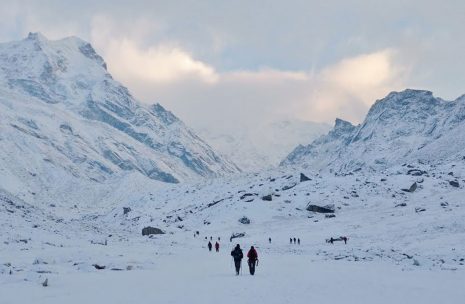


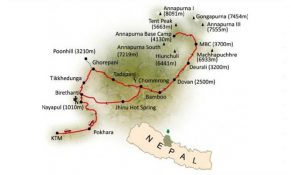
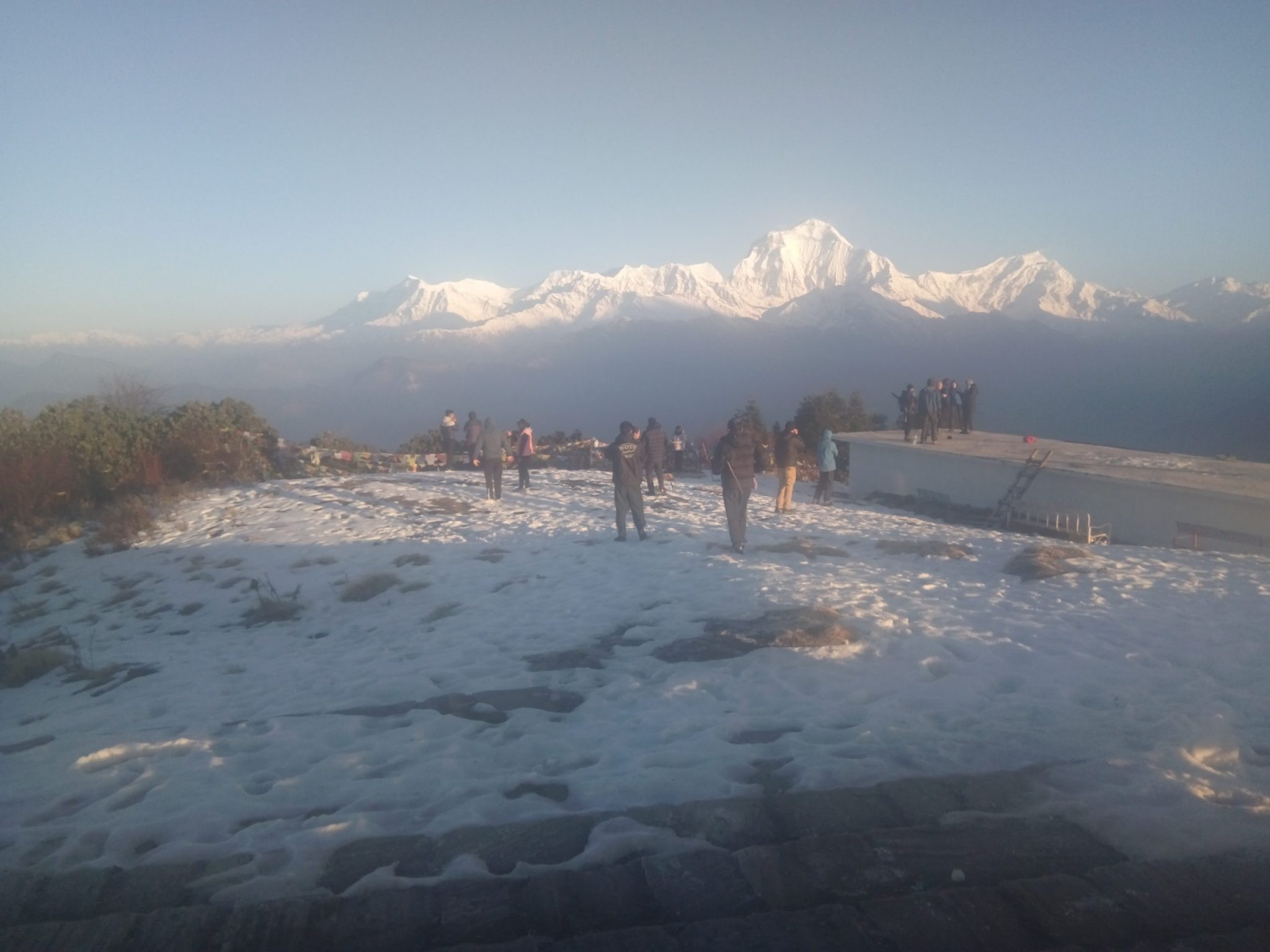 Ghorepani Poon Hill Trek 7 days
Ghorepani Poon Hill Trek 7 days
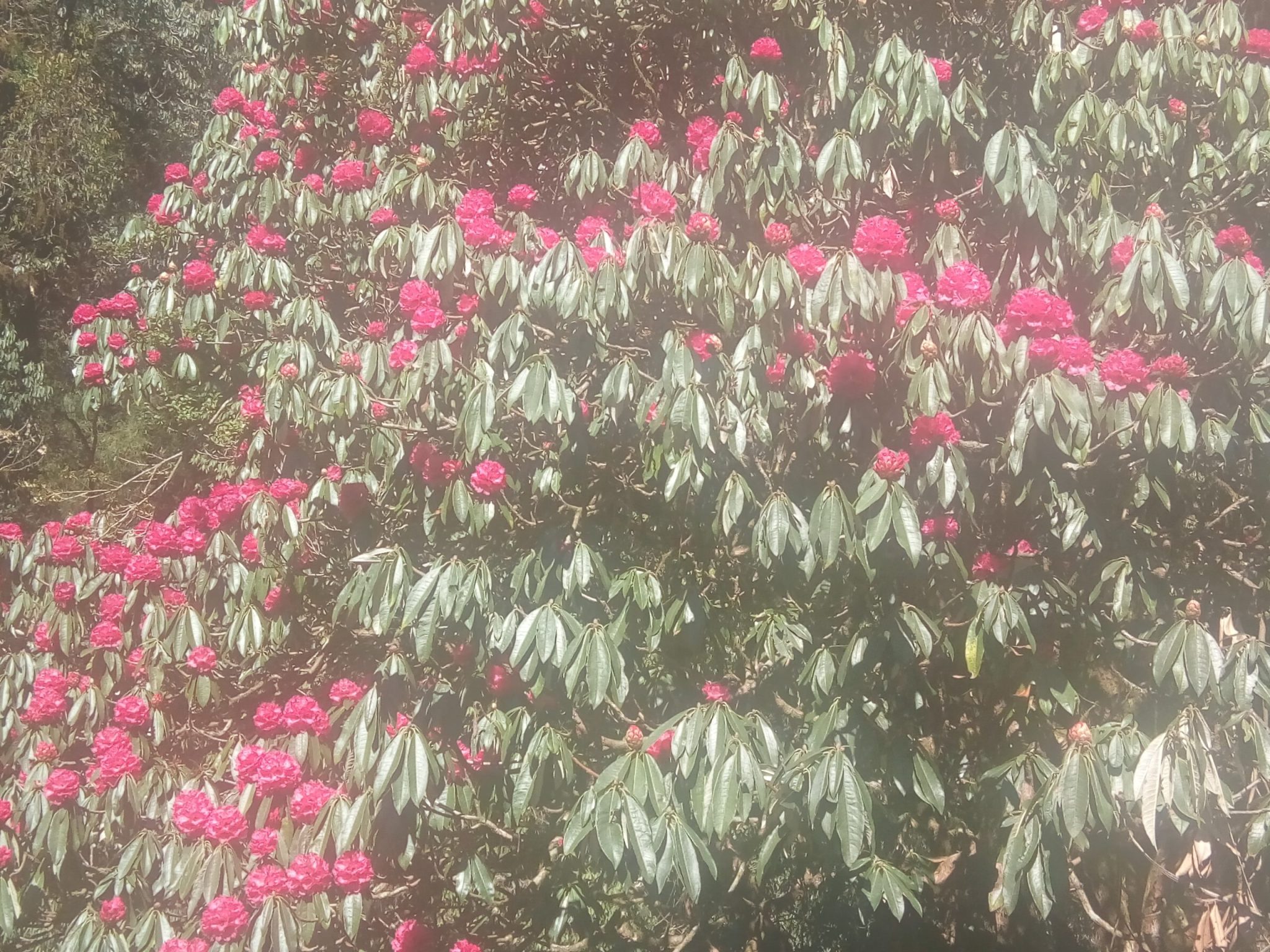 Ghorepani Poon Hill Trek – 4 Days
Ghorepani Poon Hill Trek – 4 Days
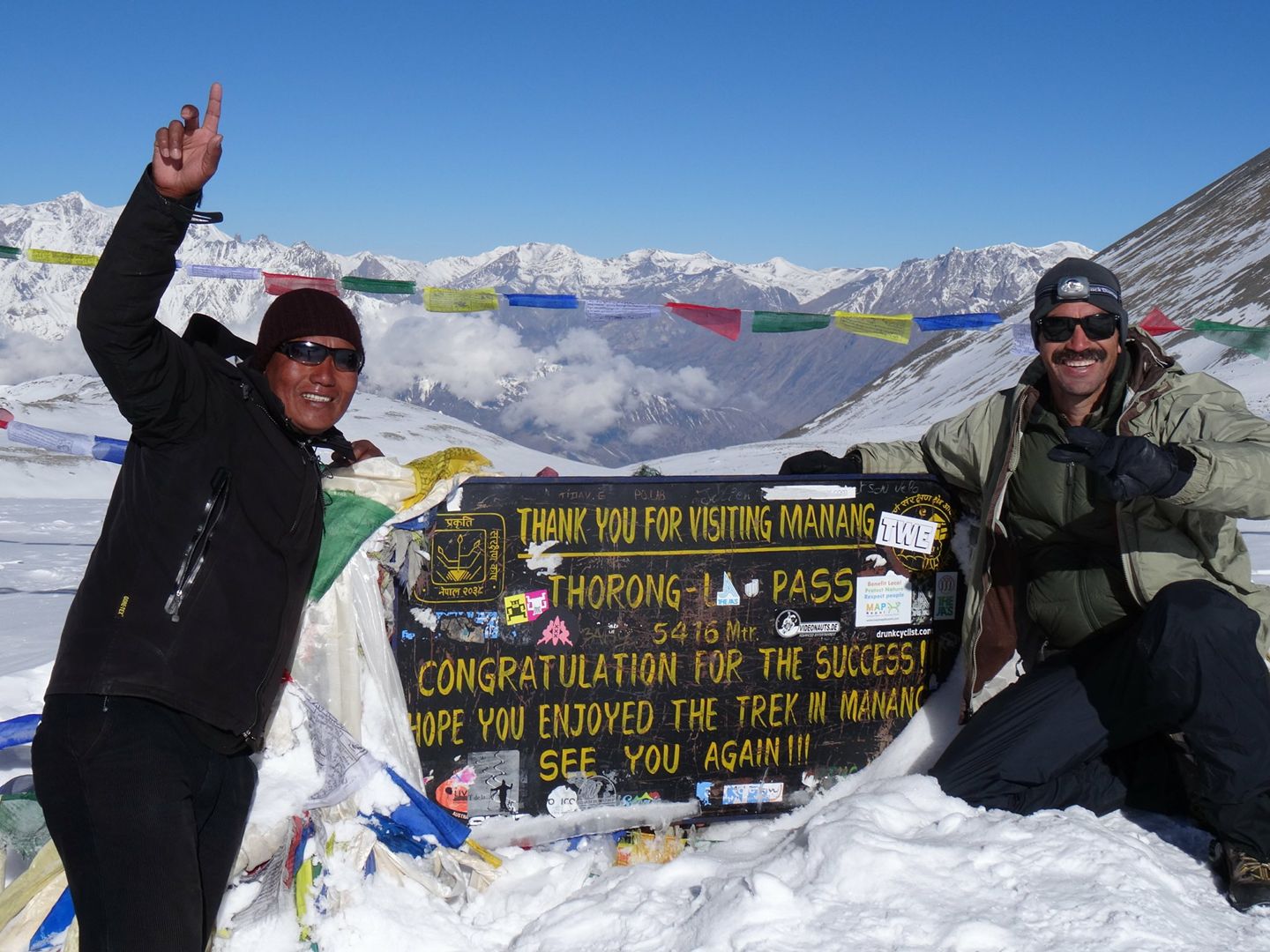 Annapurna Circuit Trek 12 days
Annapurna Circuit Trek 12 days
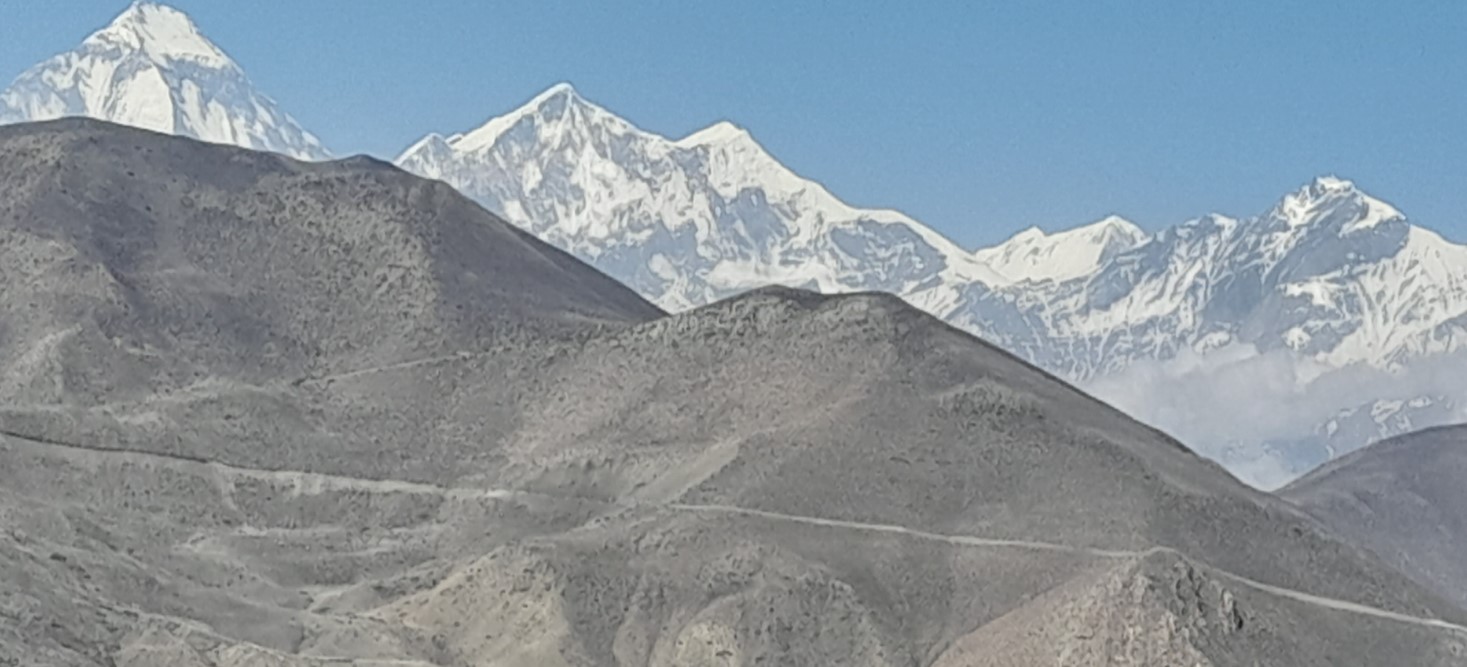 Jomsom Muktinath Trek – 6 days
Jomsom Muktinath Trek – 6 days
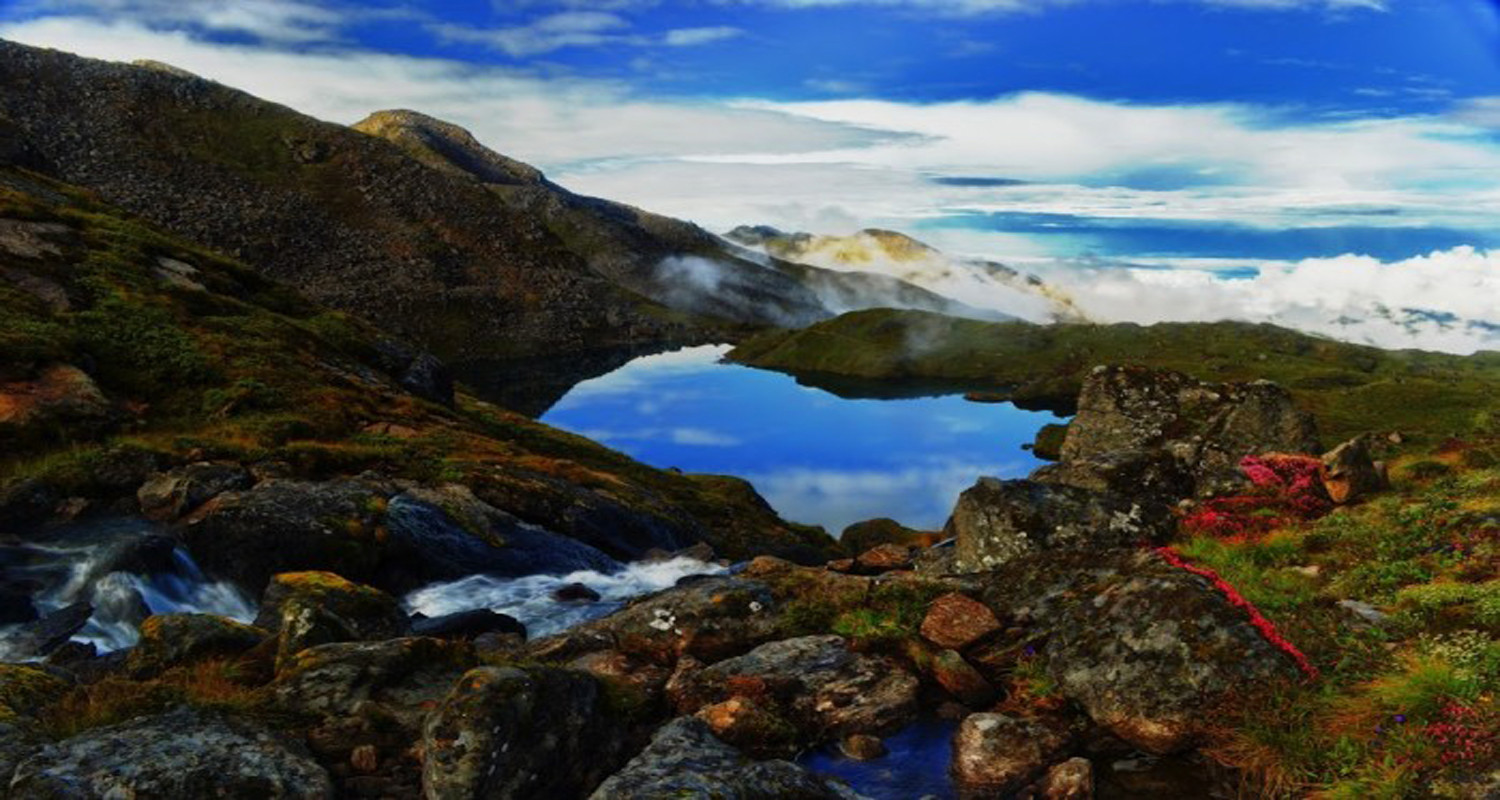 Bhairav Kunda Trek – 10 days
Bhairav Kunda Trek – 10 days
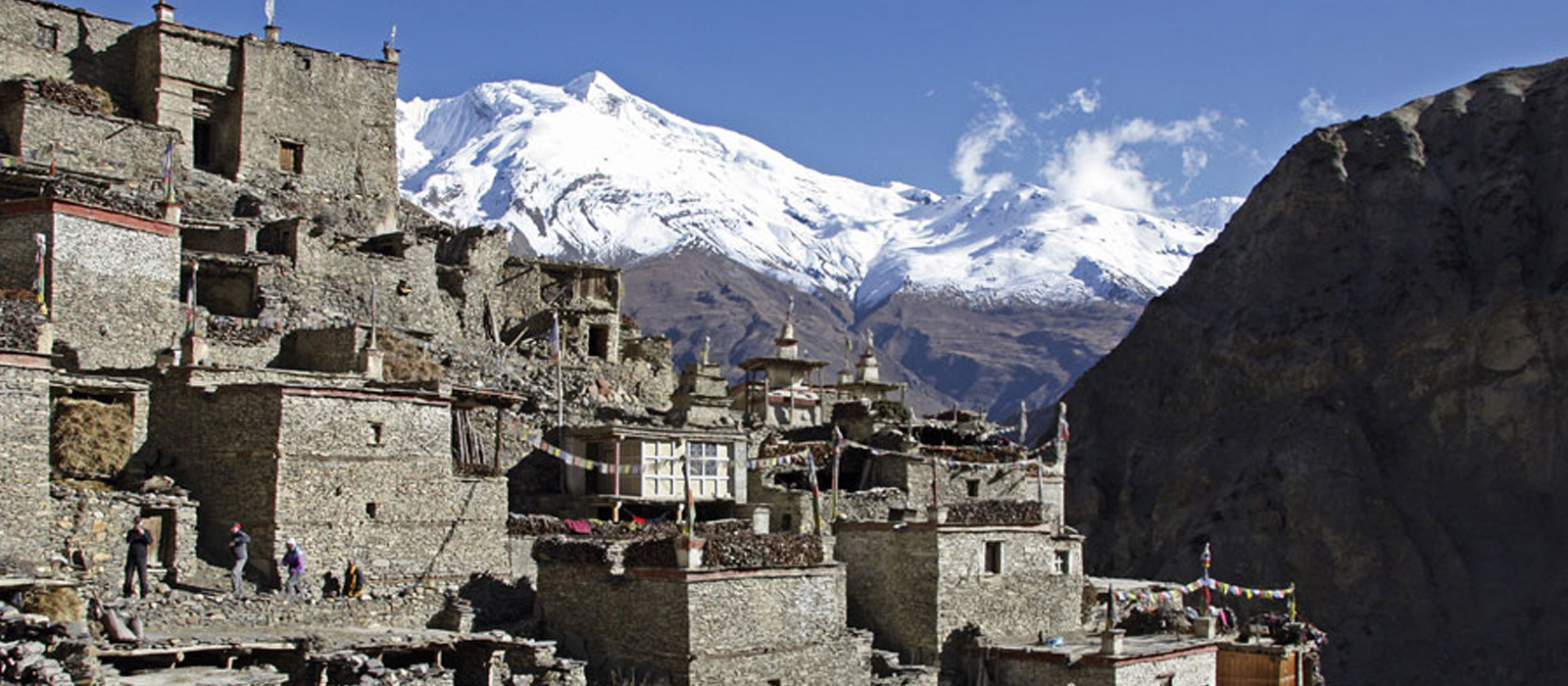 Nar Phu Valley with Annapurna Circuit Trek – 20 days
Nar Phu Valley with Annapurna Circuit Trek – 20 days
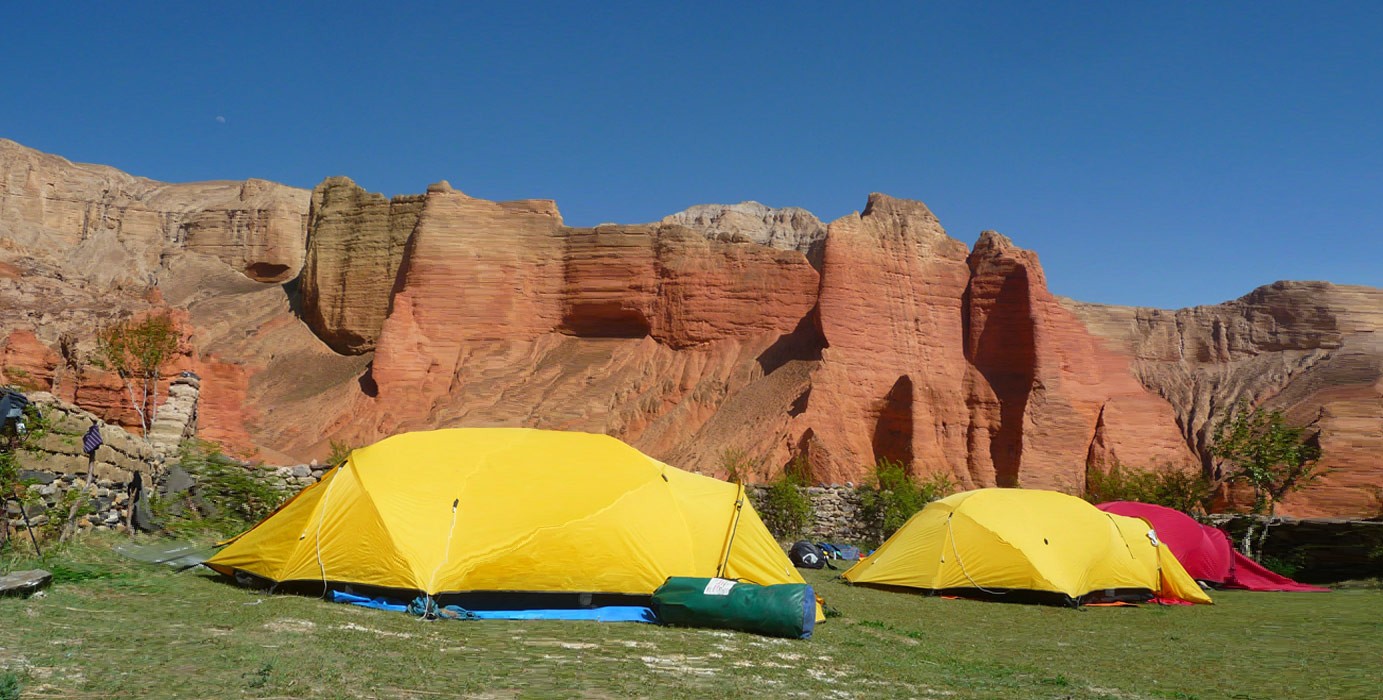 Mustang Camping Trek – 21 days
Mustang Camping Trek – 21 days
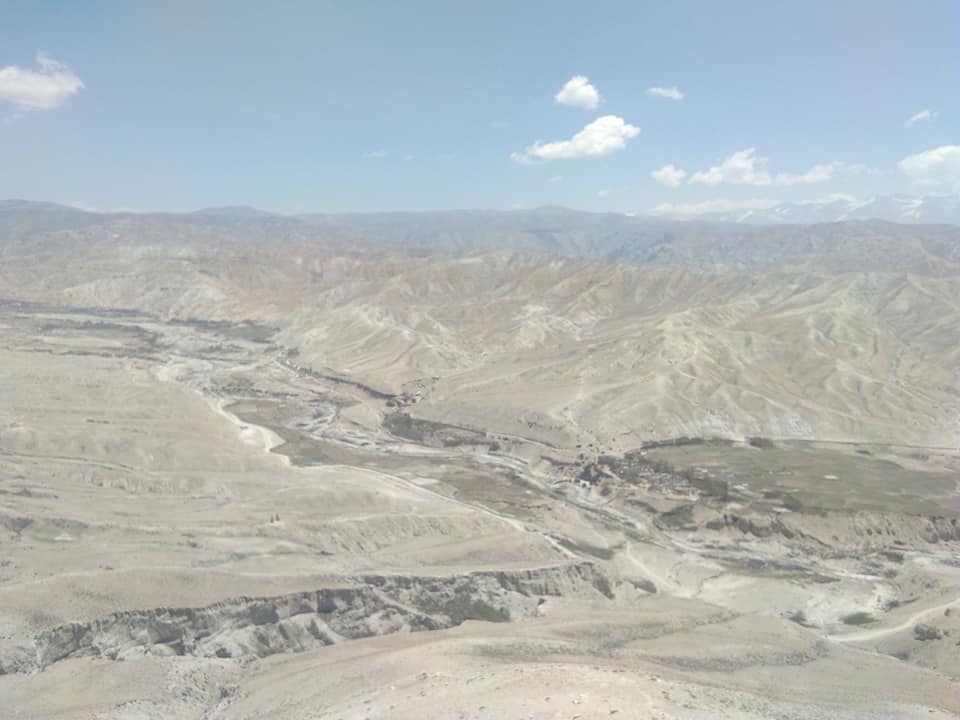 Mustang Trek with Tiji Festival – 23 days
Mustang Trek with Tiji Festival – 23 days
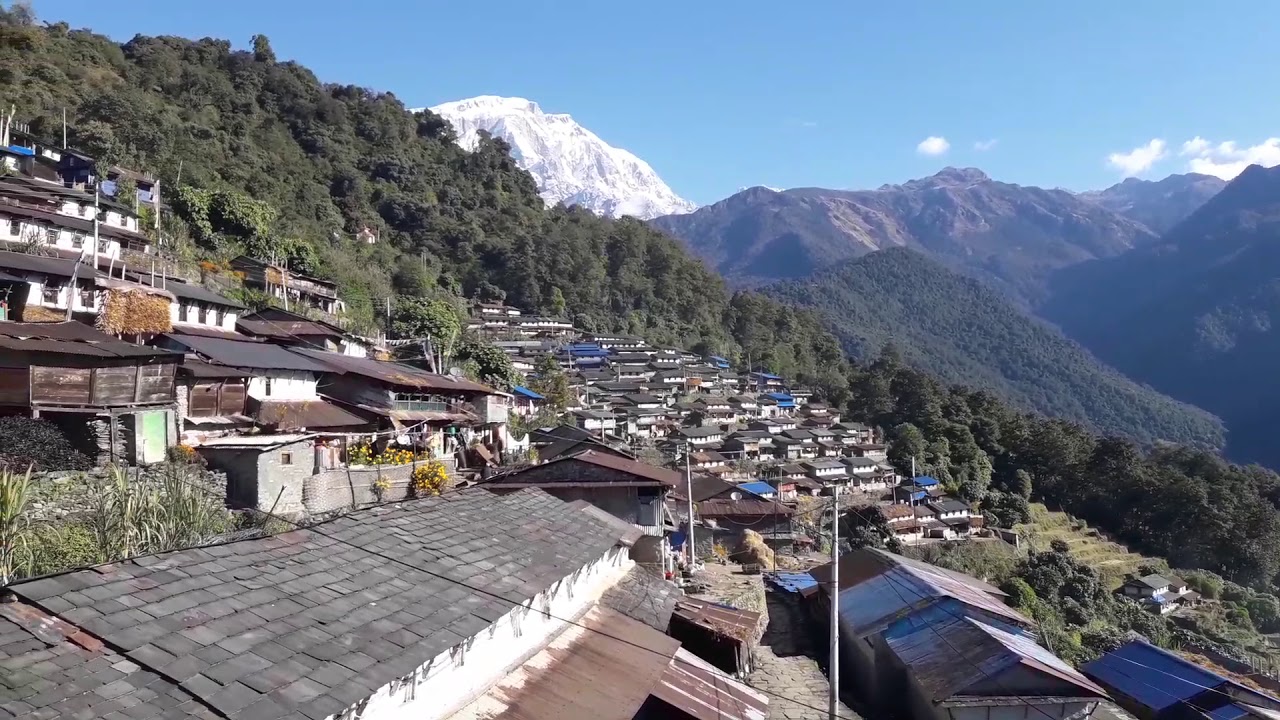 Sikles Village Trek – 9 days
Sikles Village Trek – 9 days
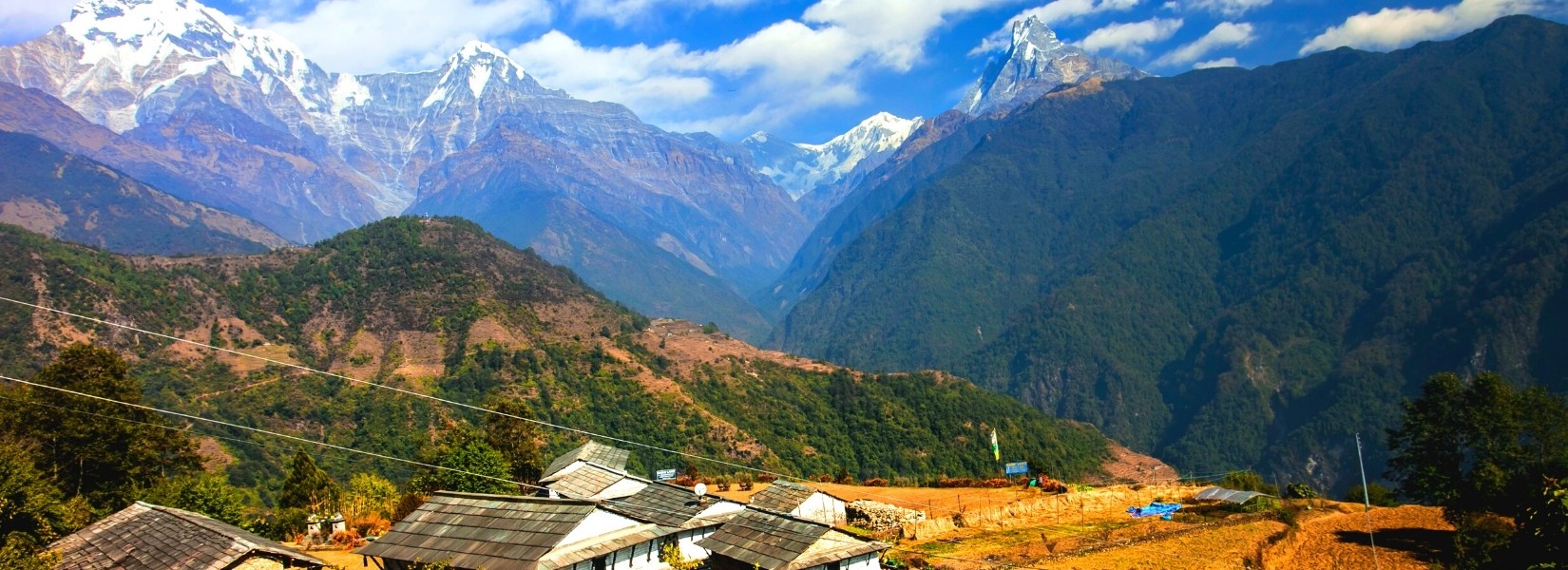 Royal Camping Trek – 4 days
Royal Camping Trek – 4 days
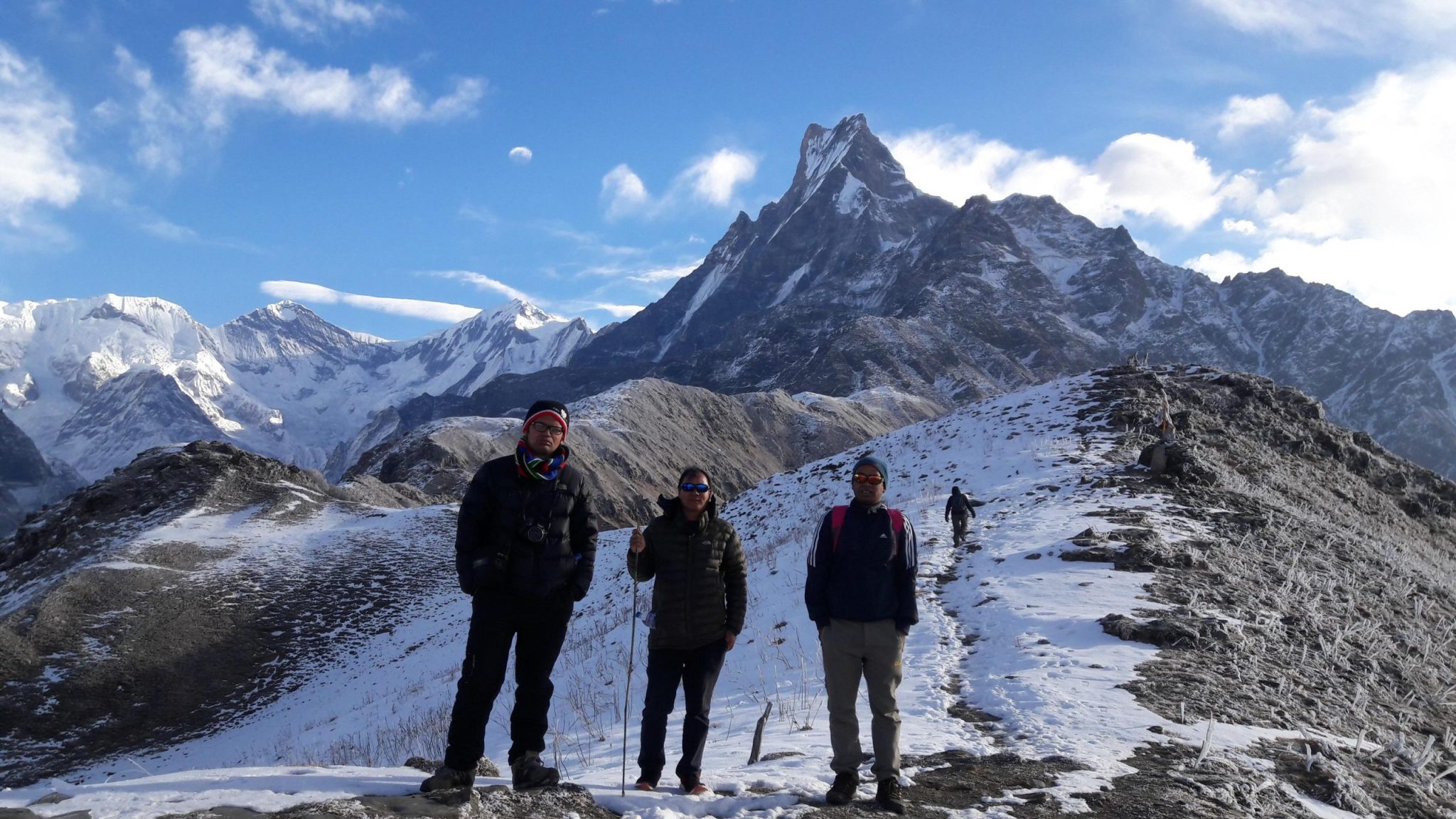 Mardi Hiimal Trek – 7 days
Mardi Hiimal Trek – 7 days
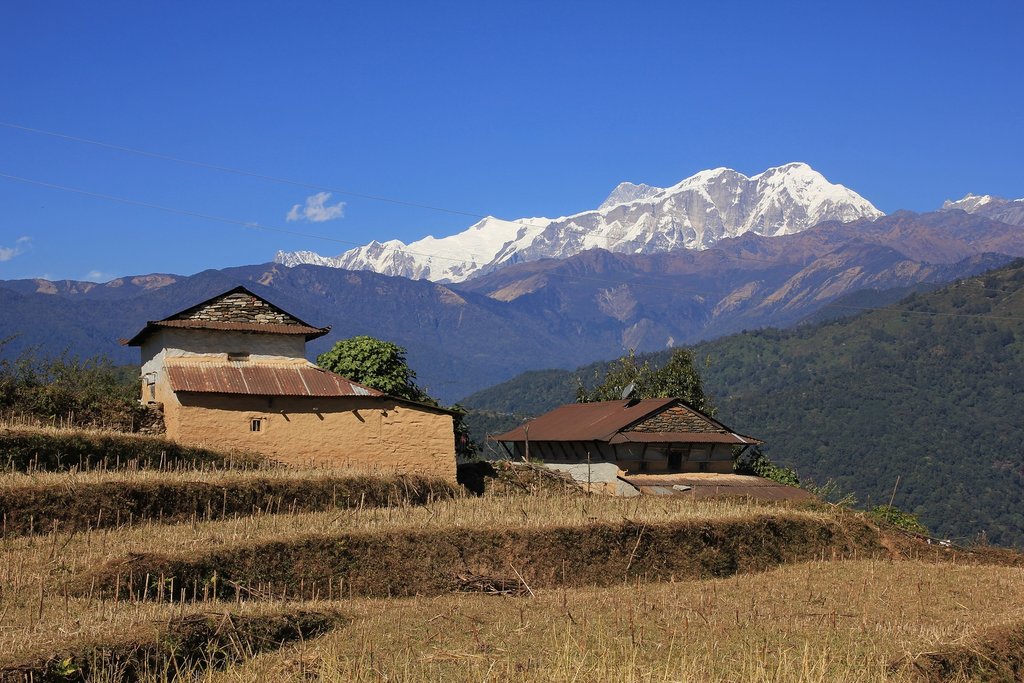 Panchase Trek – 13 days
Panchase Trek – 13 days
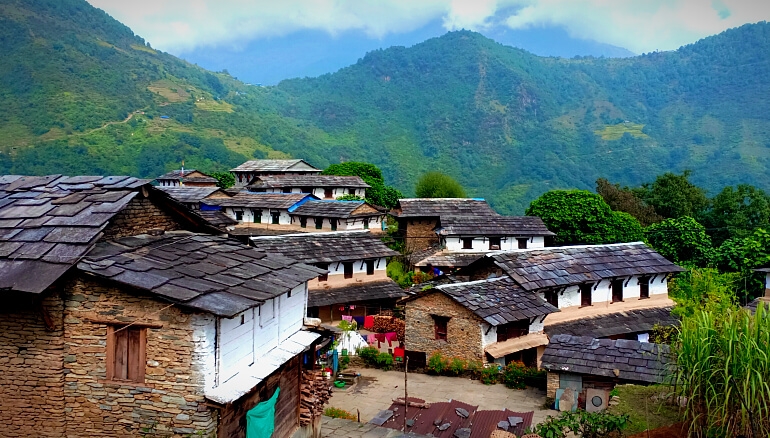 Ghandruk Village trek 8 days
Ghandruk Village trek 8 days
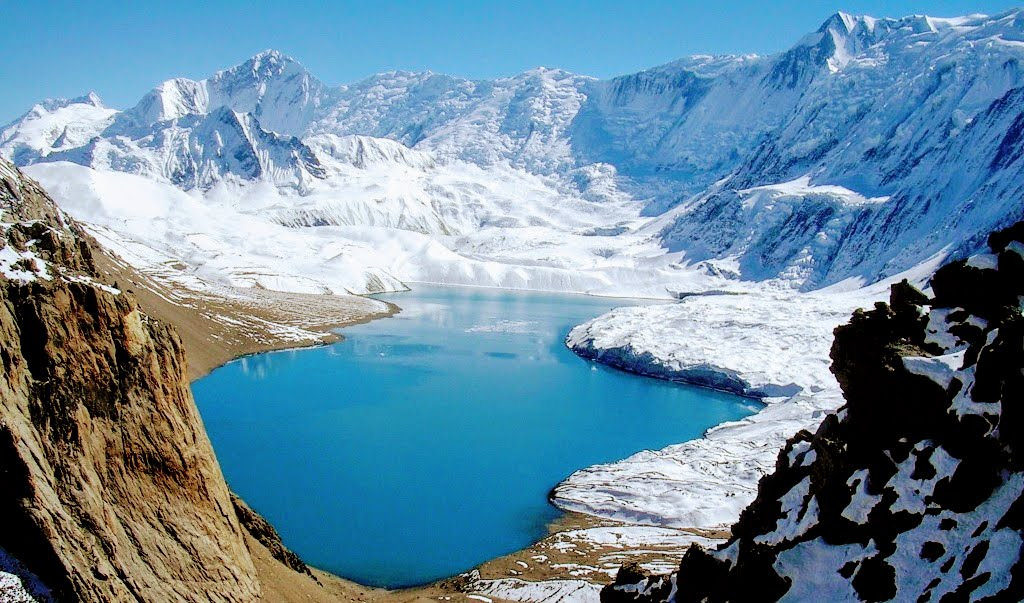 Tilicho Lake with Annapurna Circuit Trek 17 days
Tilicho Lake with Annapurna Circuit Trek 17 days
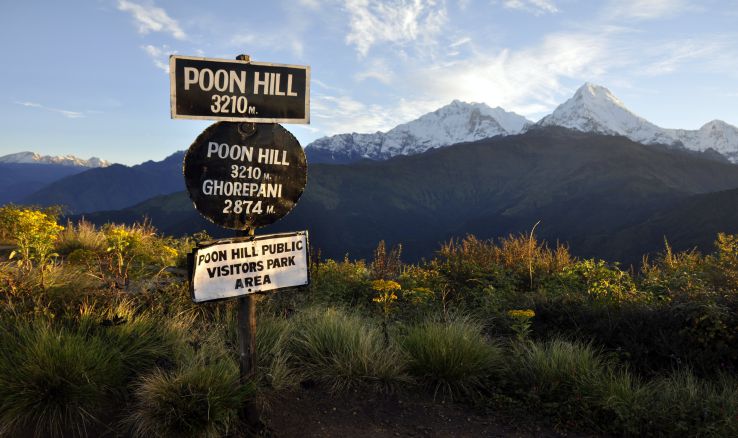 Ghorepani Poon Hill Trek – 12 days
Ghorepani Poon Hill Trek – 12 days
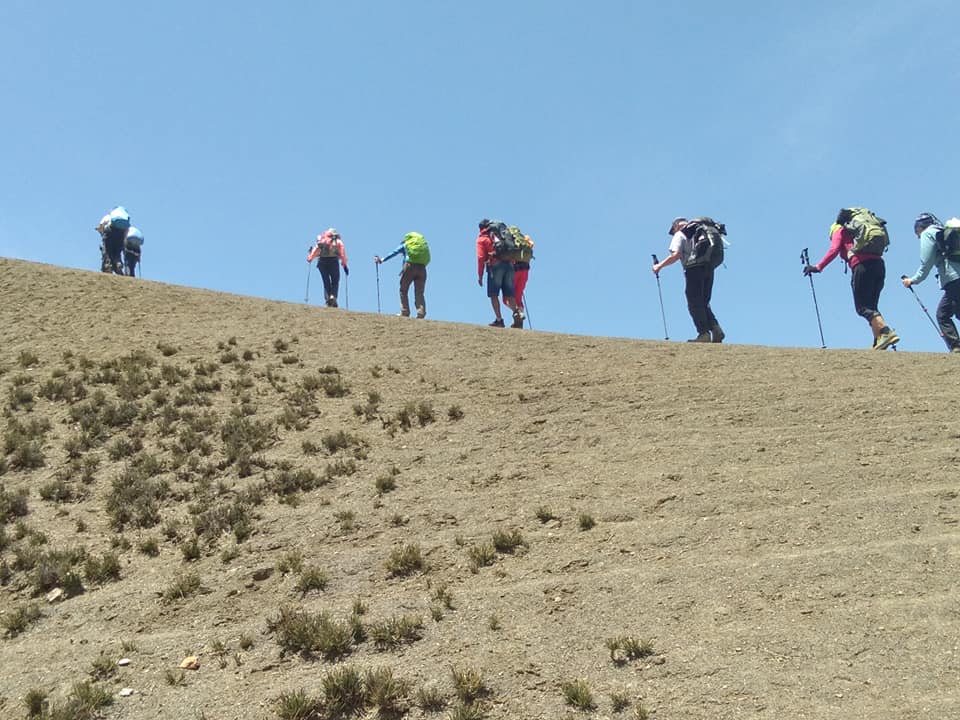 Upper Mustang Trek – 16 days
Upper Mustang Trek – 16 days
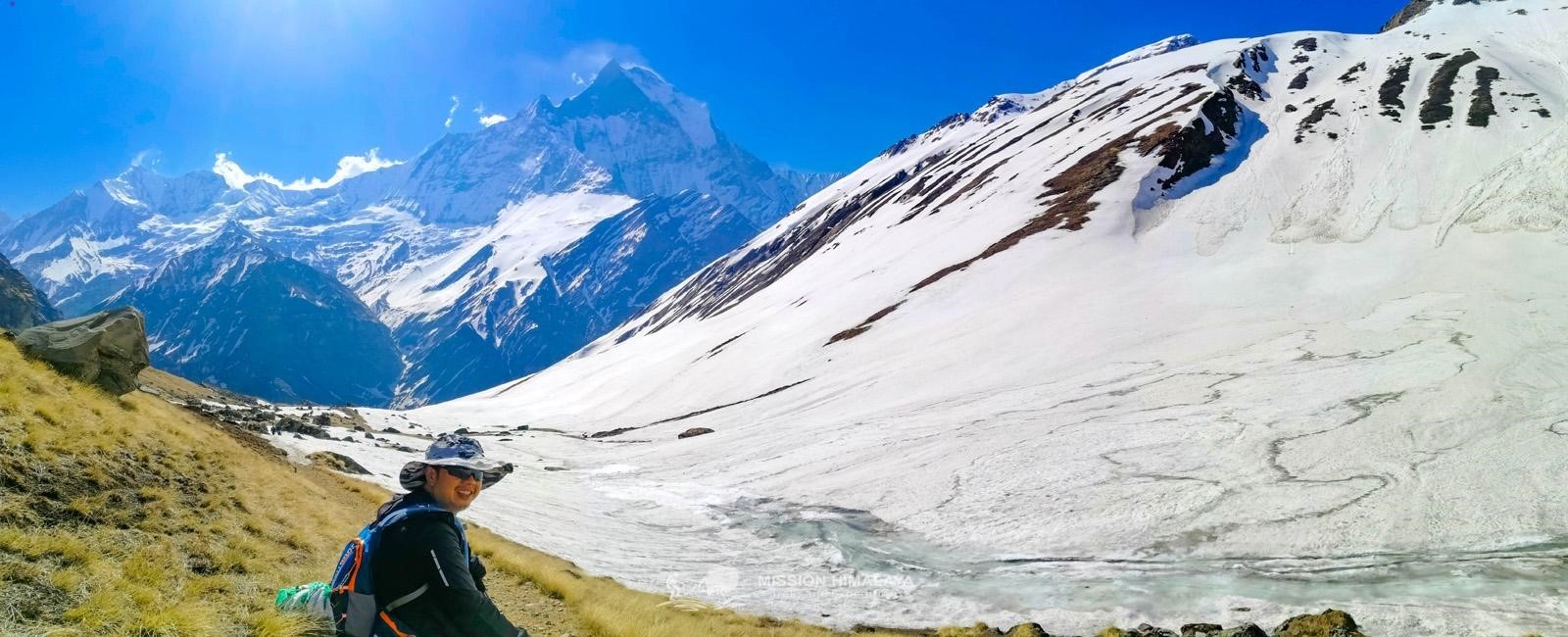 Annapurna Base Camp Trek – 16 days
Annapurna Base Camp Trek – 16 days
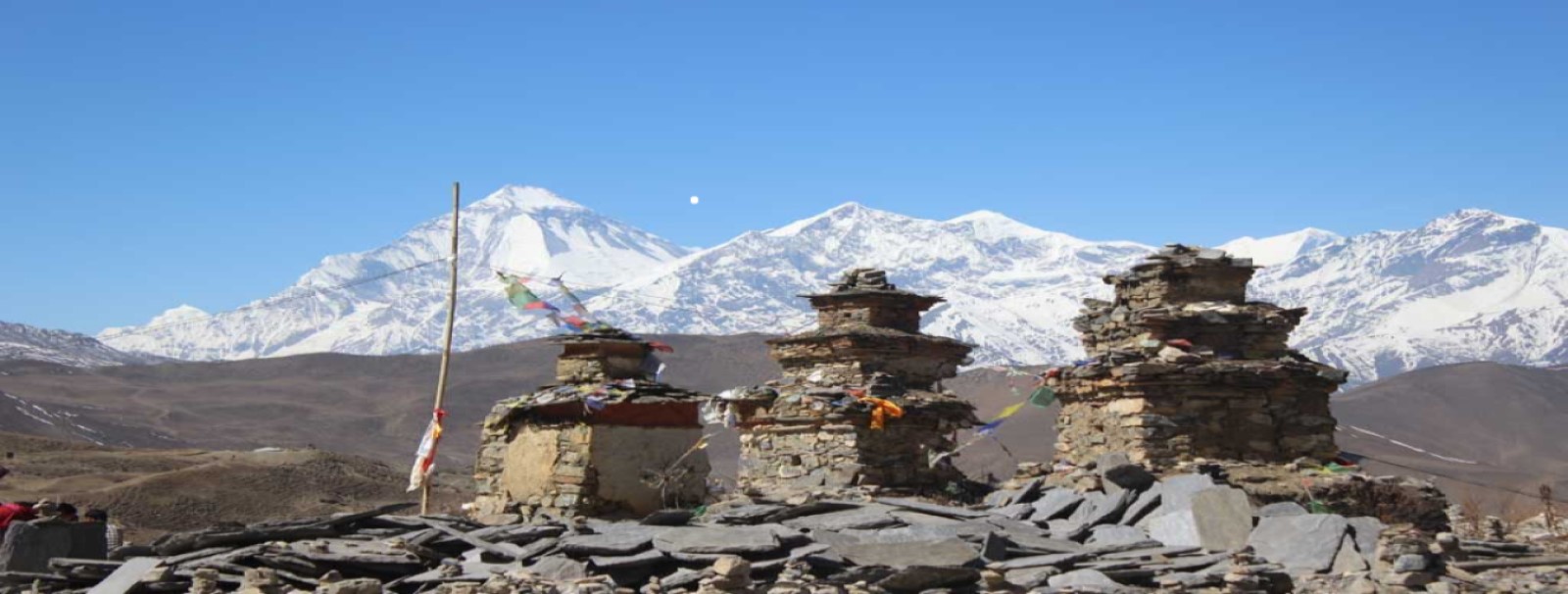 Jomsom and Muktinath Trek – 15 days
Jomsom and Muktinath Trek – 15 days
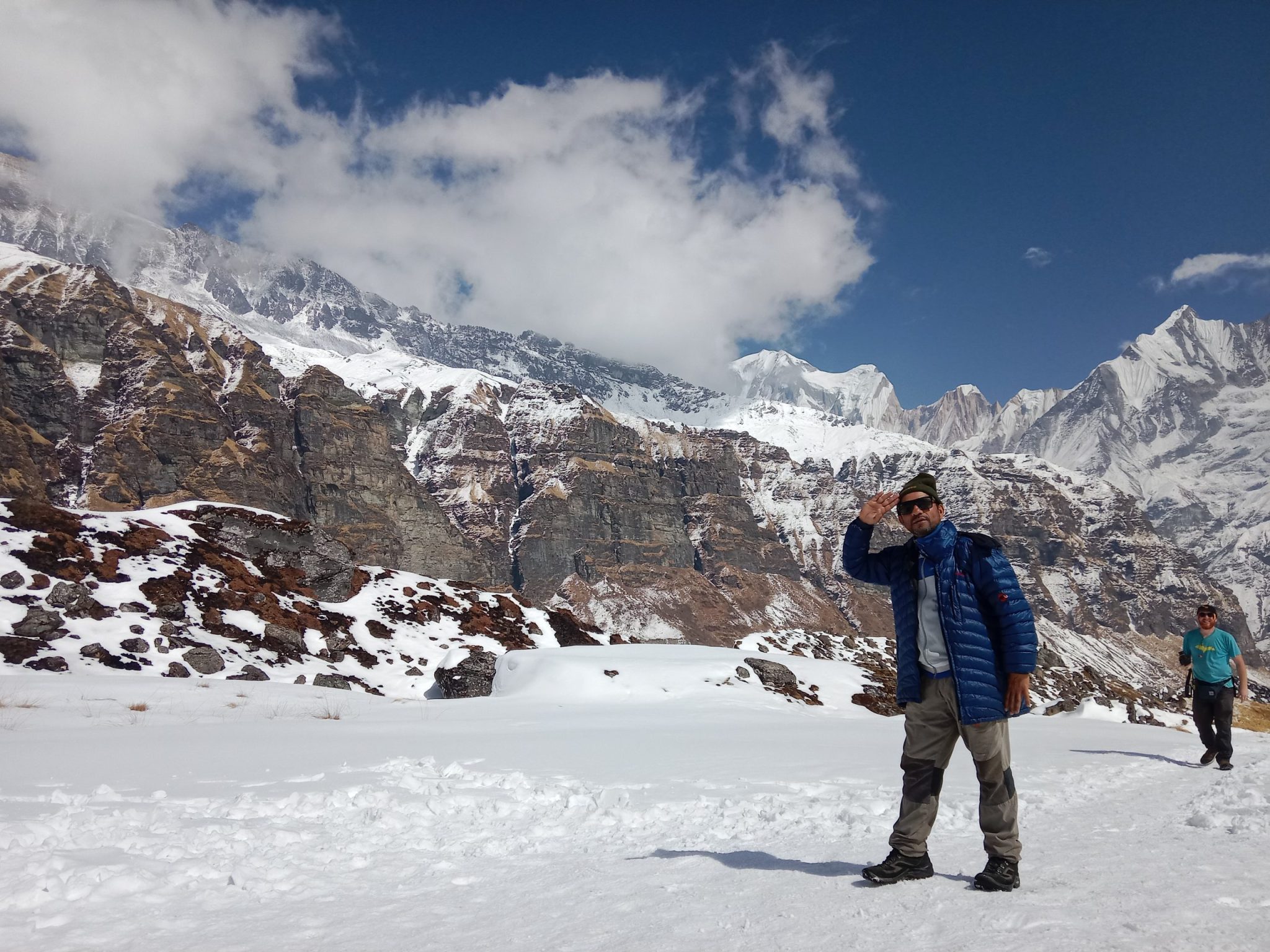 Annapurna Base Camp Trek 11 days
Annapurna Base Camp Trek 11 days



